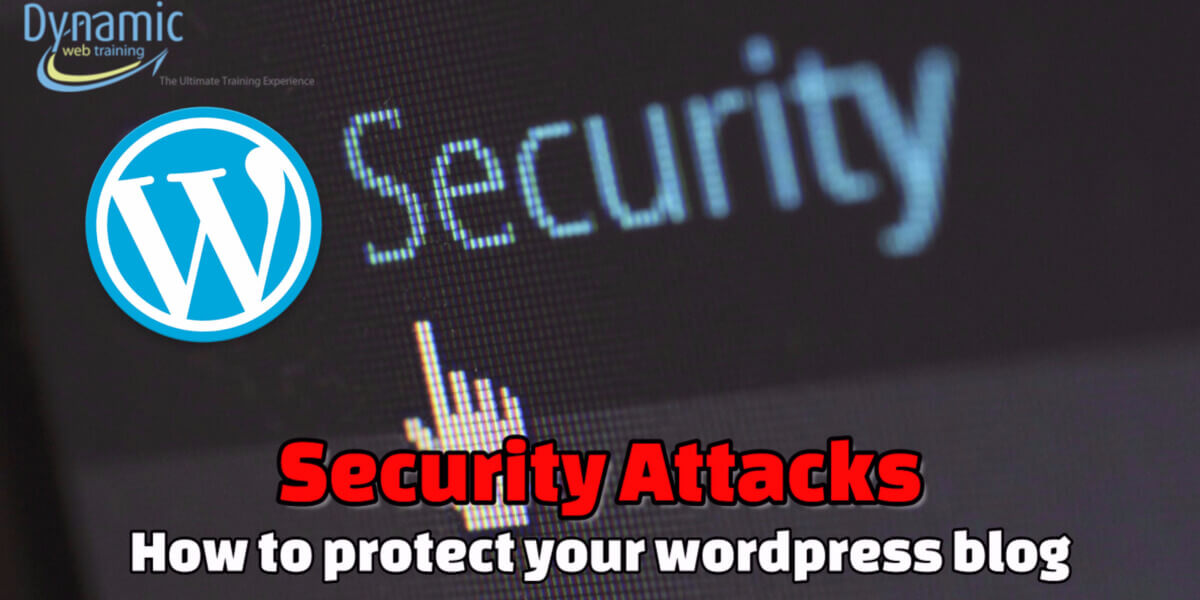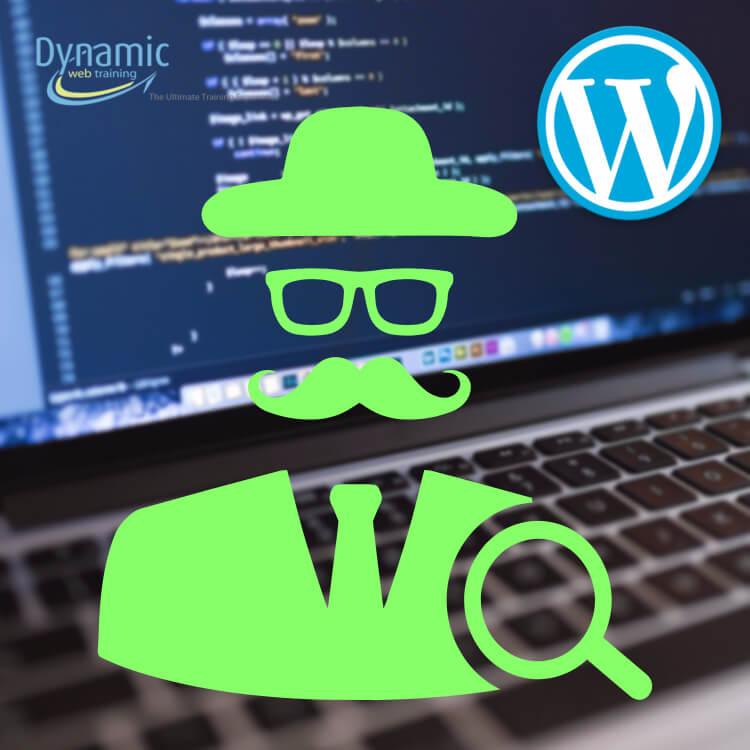All blogs are vulnerable to security attacks. Bloggers are not typically techno-savvy. They love to write and share content about their passion. They acquire a fan following over a period and Hence catch the attention of hackers and the competitors. Due to the blogger’s ignorance to the web developing knowledge, they are prone to security threats.

These attackers can be humans or bots. They send spams, malicious software to steal your data, spamvertize with illegal ads, bots that attack other websites. Their intent can be anything from lowering your rank to pilfering your money or attacking your followers using redirects.
As a blogger, you should be wary of this and learn few things to safeguard yourself from such situations.
You can combat the usual menace by taking few preventive measures. Here is the list of the few potent dangers that need protection:
WordPress Protection: Things to know
1. The Older version of WordPress:
WordPress is always trying to secure your site from significant attacks. They come up with updates from time to time. You should continually update your WordPress as they mitigate a lot of such threats.
Before updating your WordPress, take into account that your themes and plugins are compatible with it.
2. Unsafe WordPress Themes:
Many bloggers opt for free themes, and they are the most vulnerable. Always check the reviews and the history of themes before installing. Purchase themes from reputed vendors only. Weaker themes sometimes become a gateway to hack into your website.
3. Be cautious with installing Plugins:
Plugins usually are the low hanging fruits for the hackers. As a practice, don’t install too many plugins. Always check the reputation of the plugins. Many Plugins are weakly programmed, and hackers find it as an easy route of access.
You can install intrusion detection and prevention software for WordPress like Wordfence or WordPress Brute force protection. They defend your site from common threats, like PHP attacks, as well as brutal attacks. They detect whether there is a chance of a security compromise of the website. They also help preserve the online reputation of your site.
4. Weak Passwords:
Always protect yourself by creating strong passwords. Use Special characters and long passwords. Longer passwords are difficult to hack, and hackers usually don’t waste their time on decoding longer passwords.
You should always strive for adding an extra layer of protection to your login. Install a two-factor authentication.

5. Guest Users policy:
The same goes with the guest users’ passwords too. Let them know your password policy so that they use strong passwords.
6. Spam Attacks:
Your commenting policies should be stricter. Never allow free commenting on your blogs. Always moderate them so that they don’t spam your sites.
7. Shared Hosting:
Shared hosting is the most common option for most bloggers. Through shared hosting, if the hacker has been able to hack into one of the sites which host your blog, he can break into your blog too.
It comes with a cost, so you should always upgrade to single hosting if your blogs get some traction in traffic.
8. Dubious Ad platforms:
Bloggers dive into dubious ad platforms to make some extra money. They install unsecured codes into their sites, thus making them vulnerable to attacks. Always use reputed Ad platforms like Google Adsense, Amazon, Outbrain, etc.
9. Weak Security of your system:
If your computer runs weak antivirus software, your website becomes vulnerable to spyware and malware. Always install a robust antivirus software and run periodic malware scans.
10. Using outside internet access:
If you access the internet through external providers or wi-fi which are not highly secured, it could open the gates for the threats to seep in. If you are outdoors and would want to update your blogs, you have to use external providers. In this case, you have no option. You should check with the locals about the security issues or use reputed providers.
11. No Backup:
To protect your website or blog, you should also schedule secured back up regime. Remove all old and unnecessary web apps. Also, delete sensitive temporary files. You must do a scheduled check of the proper permissions set on your server. Make sure you keep the backups safely in a remote and secure location.
If you exercise the above measures, you will ensure a high level of security to your blog.